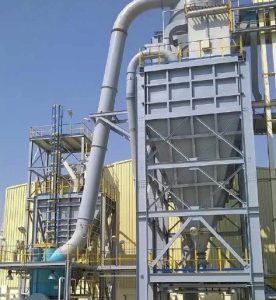
North America’s potash and phosphate industries
We profile North America's phosphate and potash industries – focusing in on Florida and Saskatchewan, those two centres of P&K excellence.

We profile North America's phosphate and potash industries – focusing in on Florida and Saskatchewan, those two centres of P&K excellence.

ICL Group is investing in production from its unique potash assets to help secure global food security and contribute to a more sustainable world.

The new and more sustainable froth flotation reagents introduced in this article also deliver superior performance.

Ian Hancock, Vice President Sales and Operations, Bradley Pulverizer Company, offers expert advice on how to reduce wear during phosphate size reduction.

Prayon’s Marc Sonveaux outlines how chemical beneficiation can transform current phosphate industry supply chains.

Fertilizer International presents a global round-up of phosphate rock, phosphoric acid and finished phosphates projects.

Van Iperen International is pursuing an ambitious sustainability strategy to cut its carbon footprint by 50%.

Dr Karl Wyant of Nutrien outlines how the phosphorus and potassium removed during soybean/corn rotations are best replenished.

Soybean growers are increasingly turning to biostimulants and micronutrients such as boron to achieve yield gains.

Latin America has become a desirable destination for green ammonia projects. This is linked to the region’s abundance of relatively inexpensive renewable energy, and large-scale fertilizer demand from a growing, high-value and import-dependent agricultural market. Ahead of Fertilizer Latino Americano 2025, Fertilizer International discusses regional green ammonia project prospects with leading players ATOME, Casale, Atlas Agro and Stamicarbon.